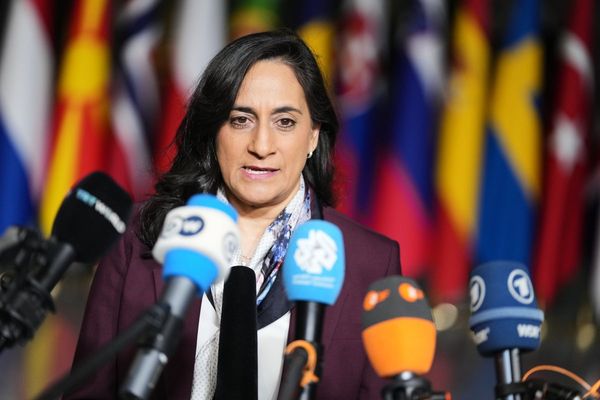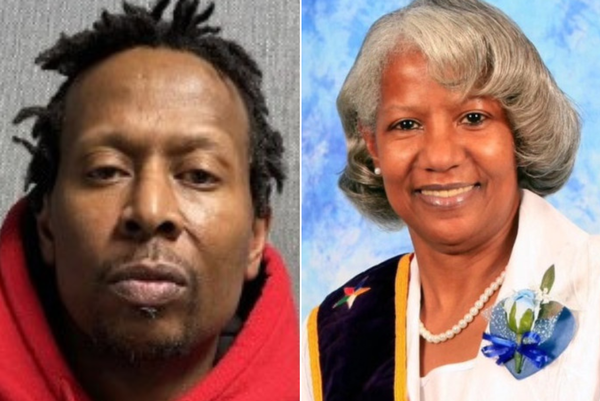All dull prizes shortlist books that are alike; every important prize recognises books that are remarkable in their own way. This is what makes them worth paying attention to, what makes following them fun – and this year’s Miles Franklin Award shortlist is no exception. All six books hail from different publishers. Each book is markedly different in genre, style and form.
The self is an uncertain site in all these books – one where concepts like nationhood, sexuality, class and ethnicity are negotiated. There is a portrait of coming-of-age and Tongan community, a bawdy historical novel told by a self-styled horse thief, and an interlinked short-story cycle that turns on the omens and aftershocks of a serial killing. And three very different novels of ideas playfully reference other texts (as well as themselves) – and draw attention to how they are made.
Notably, Fiona McFarlane’s Highway 13 is the first work of linked stories to be shortlisted for the prize, which is awarded to “the novel of the highest literary merit”. But the shortlist is not, curiously enough, diverse in length: none of the entries break 400 pages, though Burruberongal writer Julie Janson’s Compassion comes close.
Chinese Postman – Brian Castro
“I was never good at philosophy,” quips Abraham Quin, Chinese Postman’s occasional narrator. After being humiliated by his philosophy tutor at university, he learns to see himself in the third person as well as the first, to move “easily between the two”. This gives us the basic shape of Castro’s narrative, which takes the form of a series of ruminations, in either Quin’s voice or a close third-person perspective.
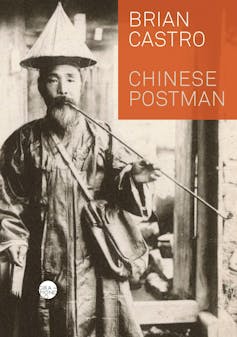
So: philosophy’s out. Quin is also “through with all that novel-writing”. Despite this protest, Castro’s book is best described as a philosophical novel or a novel of ideas. Chinese Postman is largely plotless, though Quin’s email correspondence with a Ukrainian woman named Iryna Zarębina gives it a flexible spine.
Quin has a penchant for maxims, particularly when their content is scatological. “Shit”, in his telling, is “a symptom of lowly creation’s failure to survive as gods”. It is, for him, a substance “without hierarchy”, in which “All are equalised”.
Reflections of this kind are Quin’s way of “composting” – rather than composing – his thoughts. For those who read for the sheer delight of allusive, tricky, irreverent sentences, Chinese Postman will be the most exciting work on the shortlist.
Compassion – Julie Janson
Compassion is the shortlist’s only realist historical novel. Set between the years 1836 and 1854, it is a story of maternal reconciliation and paternal reckoning told largely from the point of view of a Darug woman named Duringah, who escapes abuse and traverses Darkinjung and Awabakal country (as well as the country of many other clans and nations) in order to return home.
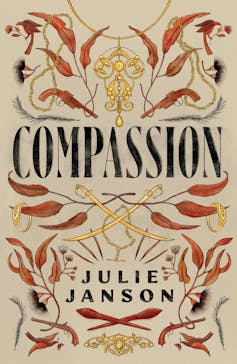
Compassion is a sequel: it continues the dramatised life story of Janson’s ancestors from her 2020 novel, Benevolence, which centred on Duringah’s (now-estranged) mother, Muraging. In turning to Duringah, who takes up the alias Eleanor James, Compassion flirts with conventions drawn from an array of literary and popular genres, including colonial romance, revisionist history, melodrama and the picaresque.
Duringah outwits and eludes colonial authorities with palpable glee. But Compassion has its heartfelt scenes, too. Duringah’s arrival at a mission station, where Koori women sing a church hymn, serves as the occasion for a moment of reverence and some of Janson’s best writing.
Their voices, “pure like bells”, summon memories of “singing the country with a corroboree”. Yet this memory culminates in a plea for quiet, lest their songs become a “beacon for vengeful white men”. This tension – between the desire to speak up, and the risks of doing so – lies at the heart of Janson’s truth-telling project.
Dirt Poor Islanders – Winnie Dunn
Winnie Dunn once remarked in an interview that she considers “all forms of writing” to be “autobiographical fiction”. This has clearly informed her work as an editor for the Sweatshop Literacy Movement, as well as her debut novel.
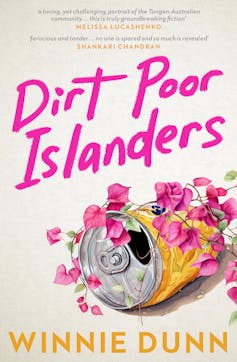
Semi-autobiographical writing, as Dirt Poor Islanders well knows, always takes place in productive tension with the right to privacy – of the writer’s family and their broader community.
The novel’s first chapter thinks this through when Dunn’s Tongan–Australian avatar, Meadow Reed, locates her family members in the blotches, beauty spots and wrinkles on her grandmother’s face. This intimate moment is promptly interrupted by their racist neighbour Shazza, who tells the pair to “eff off to Fiji”.
This suggests Dunn’s keen awareness of the risk of telling stories grounded in personal experience before an ignorant, even hostile, audience. Dirt Poor Islanders refuses to be cowed by this risk. Like two of her clear influences, Melissa Lucashenko and Michael Mohammed Ahmad, Dunn responds by doubling down. Meadow unapologetically narrates scenes of cockroach eating and chicken plucking, force feeding and constipation, menstruation and childbirth.
“From nits having sex on my head”, thinks Meadow, “to maggots wriggling in lumps of lard to cockroaches crawling in cereal boxes and cushion crevices, I asked, ‘Y’.”
Dunn’s answer? A sanitised self is barely half an identity – and “No one could live as half of themselves”.
Ghost Cities – Siang Lu
Ghost Cities is an ingeniously structured novel that takes tyranny as its central theme. At its heart are two dictators – an emperor and a director – both prone to issuing capricious edicts to terrorise their hapless subjects. Both come to preside over labyrinthine cities, implied to be millennia apart.
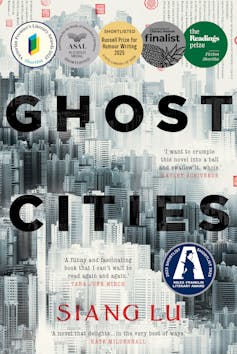
The emperor reigns over the Imperial City, the director over a ghost city named Port Man Tou, peopled by ill-paid actors. The cities are opposed, respectively, by Lu Shan Liang and Xiang Lu, whose names resemble their author’s. The novel’s wacky, erratic plot plays out across alternating chapters through two timelines, their narratives routinely contorted by the whims of their respective dictators.
At one point, Xiang Lu mentions he is partway through Vladimir Nabokov’s early novel, Invitation to a Beheading. Nabokov’s burlesque of tyrannical logics is one of many texts Ghost Cities is in dialogue with.
But Ghost Cities most strikingly resembles another Nabokov novel, Pale Fire. Both novels have a long poem at their centre (in loose iambic pentameter); both feature half-comic assassination attempts. They share an ear for the comedy of translation and an eye for the absurd.
Ghost Cities both embraces and defies its emperor’s directive to abandon “the pursuit of beauty” for art that favours “furrowed brows and scholar-like interpretation”. In its zany intertextuality, it displays a level of intellectual ambition rarely found in recent fiction.
Highway 13 – Fiona McFarlane
The 12 stories that make up Highway 13 are all loosely connected to a single man, Paul Biga, the perpetrator of a series of brutal highway murders, whose facts reference (but don’t mirror) those of the convicted backpacker murderer Ivan Milat, arrested in 1994. Interestingly, Highway 13 is the only shortlistee not to make extensive use of first-person narration.
The settings range from 1950 to 2028, and span Australia, America and Europe. They extend a preoccupation with the uncanny that runs through McFarlane’s body of work.
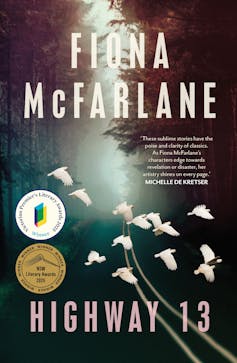
Stylistically, McFarlane errs on the side of minimalism. These are stories of considerable subtlety and restraint. Highway 13 endeavours to surprise – not at the level of the individual sentence, but in what its sentences imply. It invites us to notice: when the bodies of stink beetles are dumped in a garden corner where “ants had made feasts of the softer flesh”, we can’t help but see in their decomposing corpses the shadow of a crime.
Highway 13 is more concerned with the murders’ distant precursors (in the lives of others) and long-term ramifications (the way it resurfaces after the event) than in finding narrow causes. It tactfully avoids too-obvious parallels between the fictional Paul Biga and real Ivan Milat.
In these ways, McFarlane creates space for her marvellous collection to linger with the living, with those bound to each other in their respective presents by fragile forms of love.
Theory and Practice – Michelle de Kretser
Theory and Practice takes place primarily in St Kilda, Melbourne, in 1986. It is narrated by a female university student, unnamed for most of the novel, who is writing her thesis on Virginia Woolf.

“Theory”, she observes with distaste, has “conquered the humanities”, especially the English department where she studies. When compelled to read theorists, rather than the novels she loves, she feels “headachey and crushed”. Even the work of feminist and postcolonial theorists, which she draws on to help explain her life as a Sri Lankan woman from Sydney, leaves her ambivalent.
“Practice”, on the other hand, describes her life as it is lived. In this novel, practice decidedly wins.
The narrator is vexed by casual lovers – she is having an affair with a fellow student in a “deconstructed relationship” – and hypocritical professors. She’s also outraged by a diary entry in which Woolf describes Ceylonese freedom fighter E.W. Perera as a “poor little mahogany coloured wretch”.
Theory and Practice is at its best when it embraces its title’s distinction, which it elsewhere compellingly glosses as the distinction between “realism and reality”, through a cast of characters adept at talking their way out of our attempts to interrogate them.
Joseph Steinberg does not work for, consult, own shares in or receive funding from any company or organisation that would benefit from this article, and has disclosed no relevant affiliations beyond their academic appointment.
This article was originally published on The Conversation. Read the original article.



